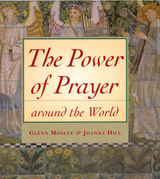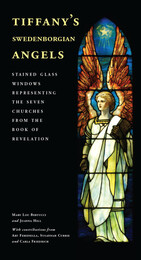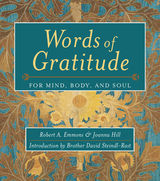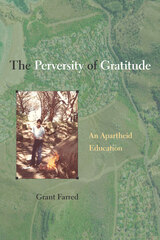
Universally, the power of prayer has been recognized by many cultures for immeasurable time. Whether it be a part of a formal service recited with a congregation of worshipers or an individual, quiet moment, prayer is part of the lives of people from a variety of religions.
There seems to be an innate urge among humanity to connect with a higher source of energy and love when we need guidance or direction, and this is called prayer. By reading the prayers from religions such as Buddhism, Hinduism, Christianity, and Islam, from cultures in Africa, India, Egypt, and China, we begin to share the sense of a common experience.
The deepest inner feelings and longings are similar—concern for family, assistance in healing, a longing for peace, or a wish for greater wisdom. For some people, prayer can be thought of as a way to ask for specific goals or special favors. This type of prayer may or may not be effective. Another type of prayer exists when all selfish desire is put aside and we feel ourselves in communion with God. At this point, our greatest wish is that God's will be done.
There may be pressing concerns that make us turn our sights upward, but we learn to let go of the end result. At this point, prayer becomes a way of opening up to the universal, loving, creative energy that exists and is far greater than any person could imagine. This is the source of miracles, of faith and unconditional love. Prayer then becomes more than a means to an end; it becomes a state of humility and of awe. It can exist whether we are washing the floor or composing a symphony. Prayer is communion with the Divine, a universal loving creative force that exists in a variety of ways for people around the world.
This book brings together an inspirational collection of prayer suitable for all ages and traditions. In addition, it offers insight and guidance about the nature of prayer that will be useful for the serious seeker.

In 2001, a Swedenborgian minister found a set of seven magnificent stained-glass windows stored in old crates in a barn in rural Pennsylvania. Their story illuminates a fascinating facet of American art history as well as an important set of spiritual teachings.
In 1902, a Swedenborgian church in Glendale, Ohio, commissioned the seven windows as a gift for their sister church in Cincinnati. Each window depicts an angel that represents one of the seven churches described in the book of Revelation. The windows were designed and created in the studios of Louis Comfort Tiffany, and they reflect not only the rich symbolism found in the Bible, but Tiffany’s hallmark color and brilliance. Tiffany’s love of revealing angels in stained glass shines through in every panel.
After their original home was torn down in 1964, the windows were put into storage, only to be rediscovered and painstakingly restored years later. Now a traveling exhibition, the seven angels have been given a new life as shining examples of Tiffany’s art and as a focus for spiritual reflection and meditation.
Tiffany’s Swedenborgian Angels guides the reader not only through the history of the windows, but the spiritual meaning of each one, weaving Swedenborg’s teachings with the luminous imagery of the angels themselves. If you have seen the exhibition, the book allows you to revisit the windows again any time; if you have not, it is a powerful introduction to a vivid piece of spiritual history.

"The test of all happiness,” said G.K. Chesterton, “is gratitude."
Learning to experience gratitude involves being grateful as an attitude, not as a reaction when good things occur. To be grateful, one does not need to wait until things are perfect. In fact, practicing gratitude makes one receptive to life's blessings, and these blessings continue as we continue to be thankful.
In one study, described by author Robert Emmons, participants who wrote about five things for which they were grateful experienced more positive emotional states and were more likely to help others over a period of ten weeks than were participants who wrote about the hassles and stressors they experienced during the same time.
"Love wholeheartedly,” says Brother David Steindl-Rast, “be surprised, give thanks and praise—then you will discover the fullness of your life."
Gratitude provides gifts to both the giver and the receiver, and this illuminating book will inspire readers to recognize just how truly blessed we are.
READERS
Browse our collection.
PUBLISHERS
See BiblioVault's publisher services.
STUDENT SERVICES
Files for college accessibility offices.
UChicago Accessibility Resources
home | accessibility | search | about | contact us
BiblioVault ® 2001 - 2024
The University of Chicago Press









